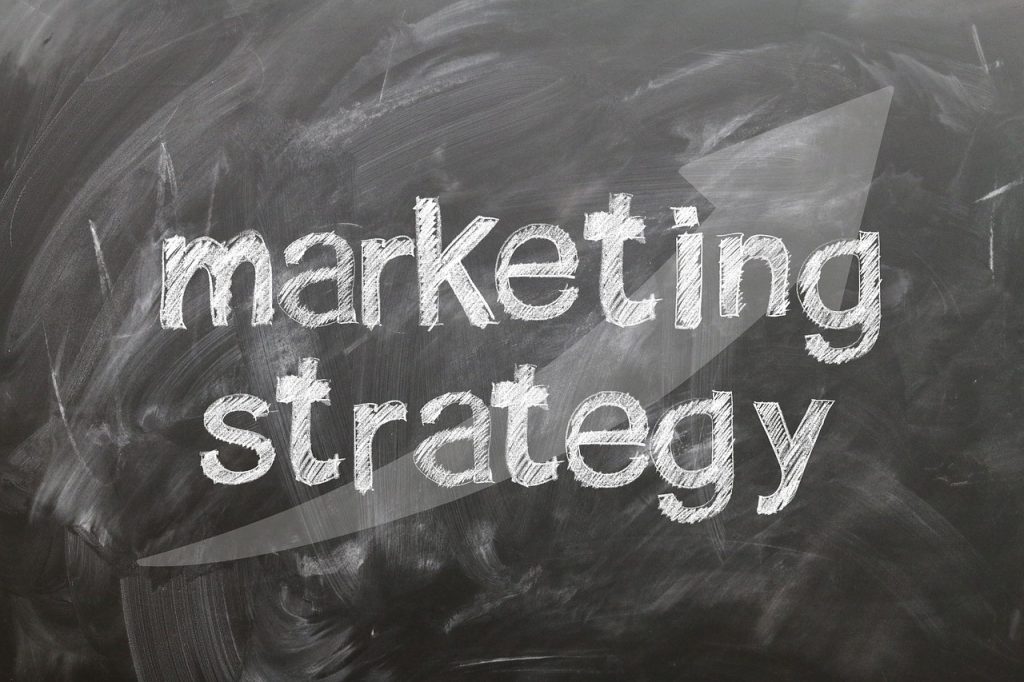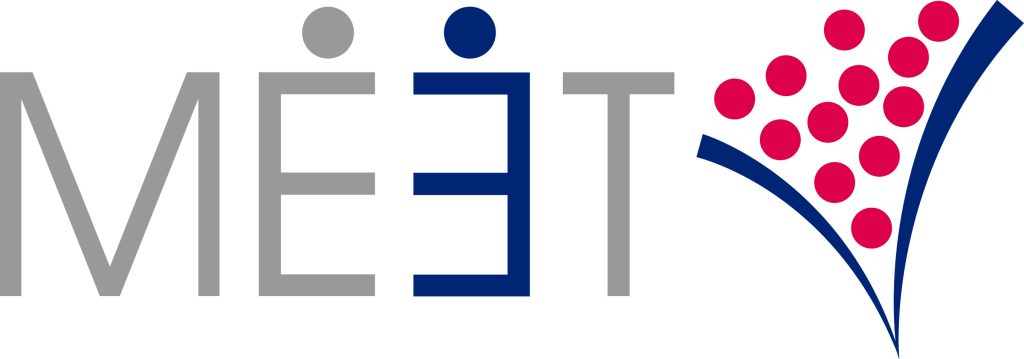Effective marketing materials are crucial for the success of a B2B trade show booth. They help convey your brand message, showcase your products or services, and engage potential clients. Well-crafted marketing materials can significantly enhance your booth’s appeal and drive lead generation. Here’s how to ensure your marketing materials are effective:

1. Understand Your Audience
- Identify Target Audience: Know who your target audience is, including their needs, pain points, and preferences. This understanding will guide the creation of materials that resonate with them.
- Tailor Messages: Craft messages that address the specific challenges and goals of your audience. Personalized content can significantly increase engagement and interest.
2. Consistent Branding
- Brand Identity: Ensure all marketing materials reflect your brand’s identity, including logos, color schemes, fonts, and overall design. Consistency reinforces brand recognition and professionalism.
- Unified Message: Maintain a consistent tone and message across all materials. Whether it’s brochures, banners, or digital content, your key messages should be aligned and coherent.
3. High-Quality Design and Content
- Professional Design: Invest in professional graphic design to create visually appealing materials. High-quality visuals can attract attention and make your booth stand out.
- Engaging Content: Write clear, concise, and engaging content. Highlight the benefits and unique selling points of your products or services. Use bullet points, headings, and short paragraphs to make the content easily digestible.
- Call to Action (CTA): Include clear CTAs in your materials. Whether it’s “Visit our website,” “Schedule a demo,” or “Contact us for more information,” a compelling CTA guides visitors on the next steps.
4. Variety of Materials
- Brochures and Flyers: Provide printed materials that visitors can take with them. Ensure these are informative and visually appealing. Include key information about your company, products, and services.
- Business Cards: Have professionally designed business cards ready for distribution. They should be easy to read and include essential contact information.
- Banners and Posters: Use large, eye-catching banners and posters to attract attention from a distance. These should feature high-impact visuals and concise messaging.
5. Digital Content
- Interactive Displays: Utilize digital screens or tablets to showcase interactive content such as product demos, customer testimonials, and company videos. Interactive content can engage visitors more effectively than static displays.
- QR Codes: Include QR codes on printed materials that link to your website, product pages, or contact forms. This makes it easy for visitors to access more information digitally.
- Email Marketing: Collect email addresses and send follow-up emails with digital versions of your marketing materials. This reinforces your message and keeps your company top-of-mind.
6. Educational Materials
- Whitepapers and Case Studies: Provide in-depth materials like whitepapers, case studies, and research reports. These demonstrate your expertise and provide valuable insights to potential clients.
- Product Sheets: Offer detailed product sheets that outline the features, benefits, and specifications of your offerings. These are particularly useful for technical audiences who need detailed information.
7. Promotional Items
- Branded Giveaways: Distribute branded promotional items that are useful and memorable, such as pens, notebooks, USB drives, or tote bags. These items keep your brand in front of potential clients long after the event.
- Exclusive Offers: Provide special offers or discounts that are exclusive to trade show attendees. This creates a sense of urgency and incentivizes engagement.
8. Interactive and Engaging Tools
- Demonstrations: Conduct live product demonstrations. Use marketing materials to support these demos, such as handouts or digital presentations.
- Games and Contests: Incorporate games or contests that involve your marketing materials. For example, a quiz based on your brochure content can encourage visitors to engage more deeply with the information.
9. Effective Distribution
- Strategic Placement: Place marketing materials strategically around your booth. Ensure that they are easily accessible and visually prominent.
- Staff Training: Train your staff to effectively distribute and utilize marketing materials. They should be knowledgeable about the content and able to direct visitors to the appropriate materials.
10. Measuring Effectiveness
- Collect Feedback: Use surveys or direct feedback to understand how visitors perceive your marketing materials. This can provide insights for improvement.
- Track Engagement: Monitor the engagement with your materials. For example, track how many people scan your QR codes or take brochures. This data can help you assess the effectiveness of your materials and adjust accordingly.
Effective marketing materials are essential for maximizing the impact of your B2B trade show booth. By understanding your audience, maintaining consistent branding, investing in high-quality design, and offering a variety of engaging and informative materials, you can create a compelling presence that attracts and retains potential clients. Proper distribution and ongoing evaluation of these materials further ensure their effectiveness, ultimately contributing to the success of your trade show participation.
For an expanded view on a successful trade show booth refer to our article Navigating the Trade Show Terrain: Choosing the Right Trade Show for Your Business.
—
About MEET
MEET helps international B2B & B2G companies scale in the U.S. through trade shows, events, and strategic connections. Contact Bill Kenney to discuss your U.S. expansion goals bill@meetroi.com or +1 (860) 573-4821.


